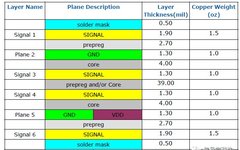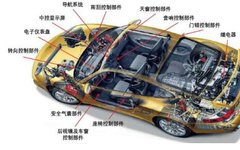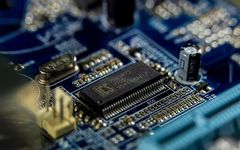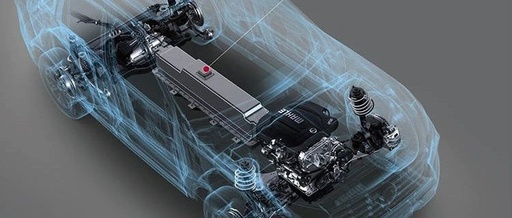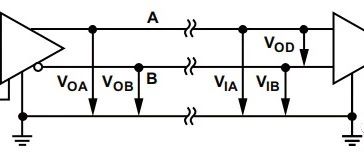What Phenomena Occur When Microcontrollers Encounter Electromagnetic Interference?
In microcontroller systems, the issue of electromagnetic compatibility (EMC) is one of the most challenging to resolve. It primarily stems from electromagnetic interference (EMI) both inside and outside the system, which can easily lead to abnormal operation of the microcontroller, thereby affecting the stability and reliability of the entire system. Therefore, it is essential to … Read more



